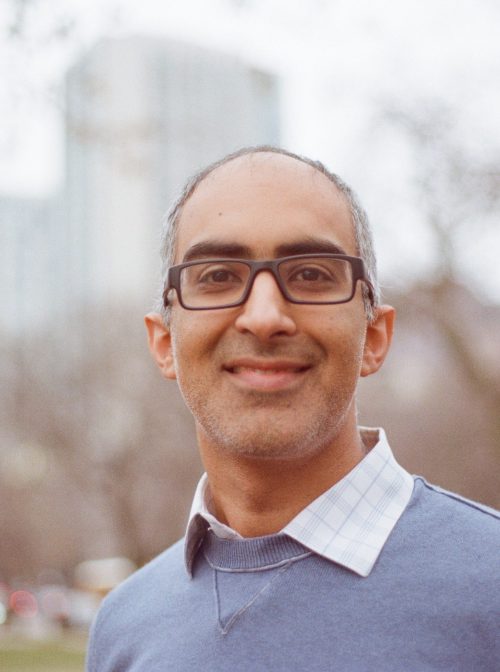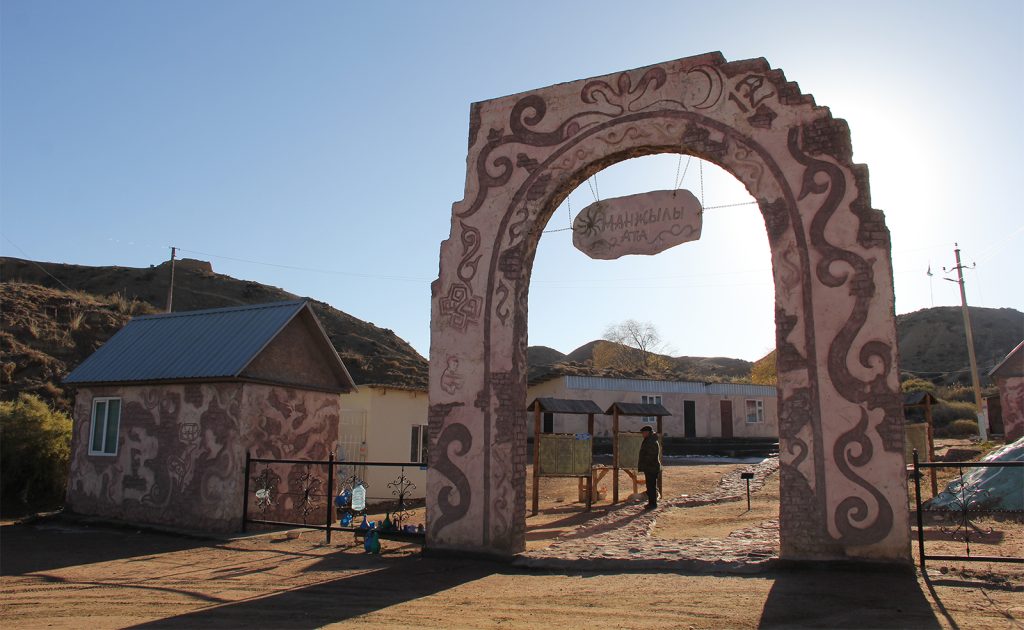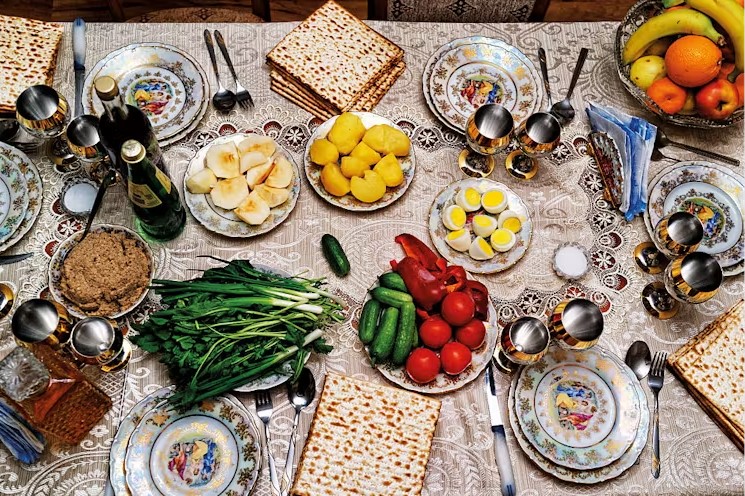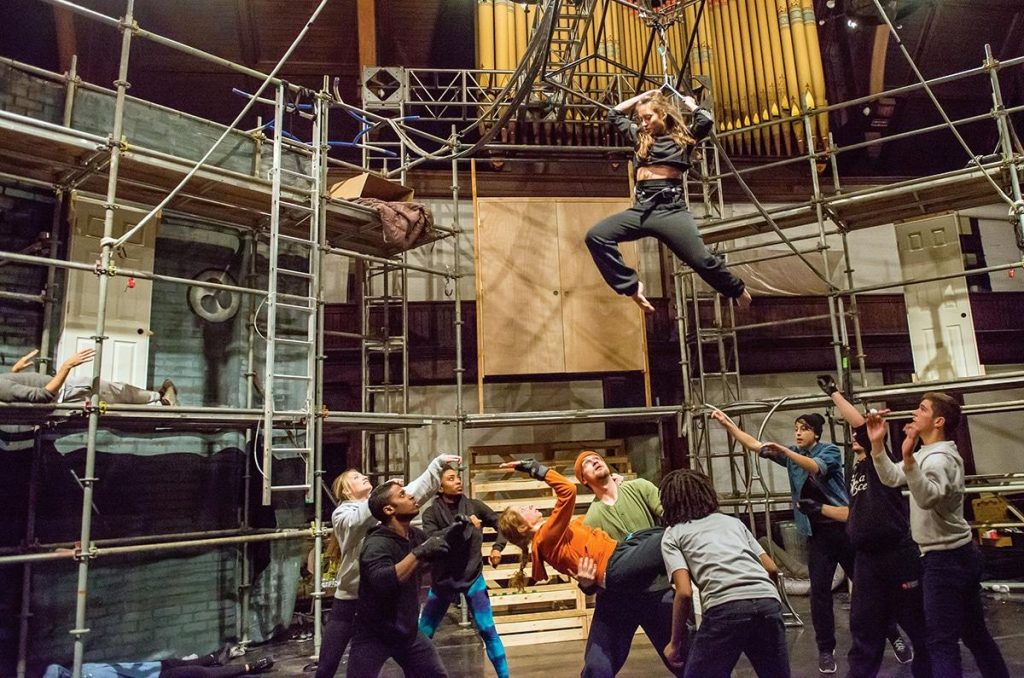All of reality belongs to an intimate weaving: people inherently belong to social webs; we all learn to speak languages in and through the communities we were born into. Our use of language and our senses of normalcy — fashion, “goodness,” beauty — all testify to the woven character of our lives with each other. All creatures of the world live in dependence on their environment. Elsewhere, I have written about the rich weaving together of humanity with the earth and have spoken on the malformation of peoples in the mold of racial consciousness embodied in places.
Despite the neat lines by which we often seek to identify ourselves, the interwovenness of our lives with peoples and places is complicated. This interwoven-ness can be beautiful, for we bear our deepest bonds wherever we go and long after, those bonds expire. Reflection upon the penetrating nature of our webs helps us hold on to precious people and places in the present.
At present, I wish to dwell on the unknown weavings that can prove treacherous. As people of faith, it is easy to imagine some pure, ideal form of religious affections, whether in doctrines, traditions, sacred texts, or holy places and artifacts. These religious icons seem to exist outside of ourselves, so we hold on to them as anchors of faith.
Unfortunately, this invisible presumption of externality — or “objectivity” — often becomes the basis for conflict within religions: “you can’t possibly be faithful because I’m faithful, and your belief/tradition/political-sensitivity doesn’t match mine!” For those in a position of cultural power, this invisible presumption can bring about actions to suppress the unfaithful. When another person belongs to another religion, the group in power can simply call the other religious group “wrong” and actively pursue their exclusion. Many have written on the power dynamics of society that prioritize one religion or one religious’ expression over others.
My consciousness was governed by a “sense of always looking at [my]self through the eyes of others.”
However, we seem to spend little time reflecting upon the invisible dynamics of interwovenness at play among those outside of positions of social power. My own reflections come as a second-generation Indian American. Already in my self-description, I point to a weaving together of racial consciousness within the diaspora. For most of my life, I have been an outsider wherever I have been precisely because I am a second-generation Indian American. In school in the U.S., I was always “the Indian.” The label made sense to me since my home life was very Indian. Differences of opinion came, though, when we would visit family in India, where there was something different between their understandings of “being Indian” and mine. One could say that I lived in a 1970s time capsule of India.
Beyond my outdated sense of Indian, though, my embrace of the label “Indian” reflects a different racial identity. My family in India always said I was “American,” not “Indian.” This would upset me, but from their perspective, the label “Indian” did not make sense. For them, to be “Indian” meant that they interweaved their bodies with the land and cultures of “India,” which itself was the name of the country physically carved out by the Indus River. They ate the food and drank the water from the land of the Indus. Their everyday language and senses of normalcy belonged to that place. Their cadence of life followed local seasons — cold, hot, and monsoon seasons. While my home life owed much to the life of my parents formed in that Indian place, my primary language was English, my senses of normalcy derived from life in the U.S., and my imagination of seasons followed Vivaldi’s “The Four Seasons”. To my cousins, I was “American.”
My cousins knew my heritage, but for them, to be Indian was bound up in place. Meanwhile, in the U.S., even though I shared a primary language, many cultural senses of normalcy, and the four seasons with my white American friends, racial identity set me apart. To white America, whether known or unknown, what makes someone “American” has always been a question tied to one’s proximity to “whiteness.” Every white American in my childhood could see that I spoke excellent English, that I loved basketball more than cricket, and that I dressed for four seasons. These markers placed me closer to “white” in their eyes, but my whiteness was always a provisional whiteness, separated by racial differences. For me, life was quickly characterized by what W. E. B. Dubois called double-consciousness, where I had to negotiate my racial existence in diverse ways in different places. As Dubois said, my consciousness was governed by a “sense of always looking at [my]self through the eyes of others.”
Whenever people of faith confront a tradition, they do so from places, complete with interwoven senses of self and developing uses of language.
But what does “double consciousness” have to do with faith? Isn’t the content of a faith the same everywhere? For some, the goal of organized religion is to regulate expressions of faith by tying it to a canon. However, it is far from clear that any sense of “canon” successfully lives outside of the interweaving that we explored above. For example, even with codified religious icons, the act of interpretation is unavoidable, as every religion tacitly confesses through its varied communities and internal quarrels. Whenever people of faith confront a tradition, they do so from places, complete with interwoven senses of self and developing uses of language. As a result, no religious confession can ever maintain a pure, static sense.
As theologian Kevin Hector says, when we speak, we are always “carrying on” in a tradition of language, wagering on the ability to extend a language into new settings and times. Because we are beings woven into places, we cannot help but modify a confession every time we speak or hear it in a new place. The racial consciousness that brings about the immigrant’s double-consciousness also inherently transforms expressions of faith into racial discourse. As evidence, we do not need to look much further than the racial assumptions that form religious discourse in the public sphere.
The way forward, of course, does not mean that we are doomed to repeat harmful racial discourse every time we profess faith. Rather, the hope is that knowing is half of the battle. Even as I have sought to undo the double-consciousness of my everyday life, I have sought to overcome the racialization of my faith. The process does not mean denying the existence of a racial character forged and interwoven into our identities, but the work of making clear what those racial threads are, how they have social and structural effects, and together imagining ways to overcome those effects. The work is hard, but those with double-consciousness are already equipped to lead the way with counter-narratives that can dignify peoples of all races, ethnicities, genders, and faiths.
Ashish Varma (he/him) earned a PhD in Christian Systematic Theology from Wheaton College and has been a professor of theology in Chicago for 10 years. His dissertation work explored theological grounding for virtue ethics. In recent years, his research has sat at the intersection of theological engagement with race, colonialism, and ecology, writing and speaking on both. He recently co-edited a volume on prayer, which is due for release with Wipf & Stock in 2023.




